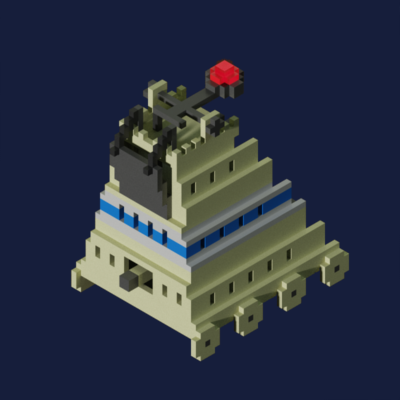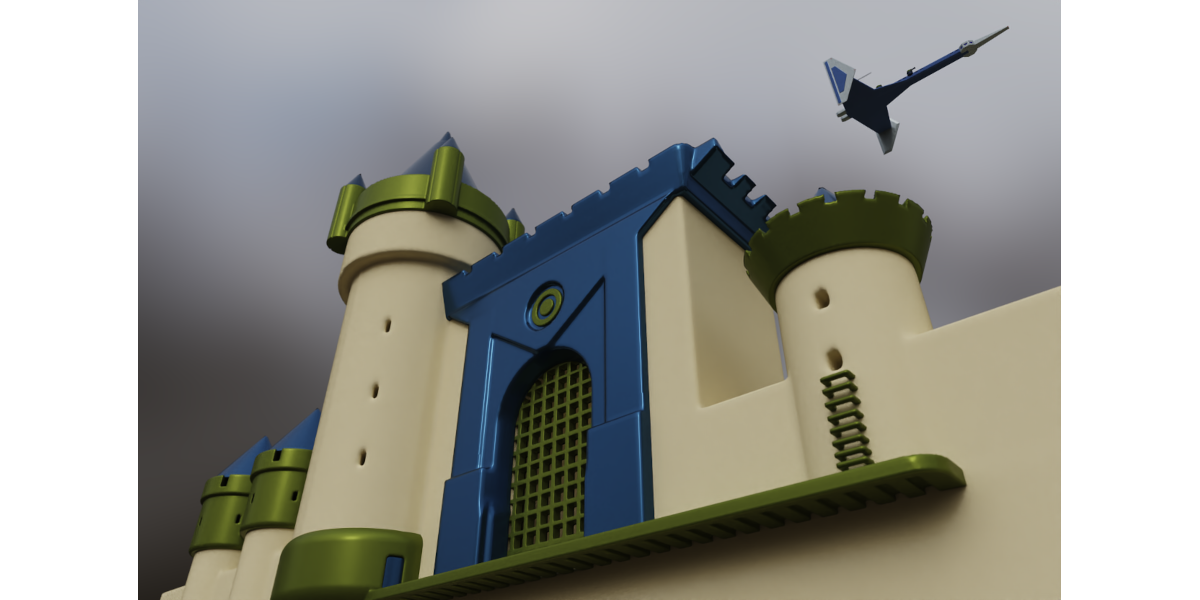First thing first, here are Next Step Fusion blog and Website.
§ MOOCs & Courses
§ EPFL Plasma Physics on edX
A solid intro into plasma physics theory and applications from EPFL.
At the moment of writing the audit of those courses and lecture notes is available for free, but the full admission with graded assignments is rather costly (I wonder if that's the case for a majority of courses on edX?).

